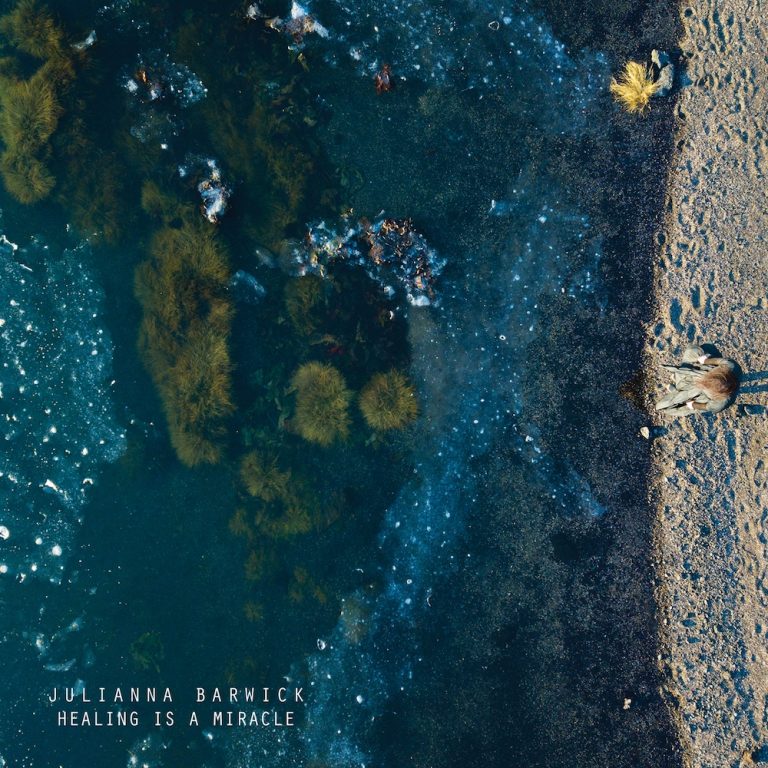When Julianna Barwick released her debut album The Magic Place in 2011 the indie music world took notice. Here was an album of deceptive simplicity, built almost entirely upon Barwick’s lovely voice, layered over and over again into skyward choruses. Her songs progressed slowly, at whichever pace they needed to, often cresting early, and then cresting again, and again, and again. Her voice could let out deep bassy tones to ground the songs, then release piercing high notes like rays of light. It was truly something to behold, giving us almost like an optimistic-sounding version of early Grouper albums.
Nine years later, we get her fourth album, Healing is a Miracle, and to be honest, it doesn’t exactly feel like nine years has passed. That is both a blessing and a curse, at least in regards to Barwick’s work and this album specifically. After her debut, Barwick released the much more structurally complex and instrumentally robust Nepenthe, which took her New Age sound and intertwined it with some ambient post-rock sensibilities. The blend was intoxicating, but then came her third album, Will, which felt a little too much like territory already crossed. Unfortunately, Healing is a Miracle has a similar general effect.
That is not to say it is without its strengths. As is the case with any Julianna Barwick album, it is simply beautiful, a stunning patchwork of voice and minimalist synth. It is angelic and ethereal – two overused phrases in music criticism that really do fit quite snugly here. There is not a single second of this album that is not pretty. The opening “Inspirit” gives us an absolutely soaring chorus of pure voices for over 90 seconds, before letting in a blistering synth bass. The title track lays out a soothing keyboard below Barwick’s interlacing vocals, clearly singing lyrics the listener will never be privy to. And the circular vocal collage of “Safe” eventually gives way to a very New Age-y synth texture that just feels like a sunset looks.
All of this is fine, and the album remains enjoyable throughout, but too much of it feels a bit too been-there-done-that. Luckily, there are three tracks with guests, and this is where the album truly shines. “Oh, Memory” features avant-garde harpist Mary Lattimore, and her typically-treated harp plucks come breezing in, as if they were always meant to be there, adding a lovely counterpoint to Barwick’s technique.
Barwick welcomes kindred spirit Jónsi for “In Light”, and their voices blend very well. Jónsi comes dangerously close to bringing too much of his thing into the song, but stops just short, leaving space for Barwick glides over crunchy percussion. Most Barwick songs are placid enough where even the tiniest piece of percussion can sound seismic, but here the hits are truly hard and piercing.
And finally, the closing track “Nod” gives us a collaboration with Nosaj Thing. His guest production gives the song a dark and subtle groove, ending Healing is a Miracle on a nice, fresh note.
There are some really great ideas at work on this album, but too often they are not given enough attention, or they come alive right as the song is about to end, like the staticky maelstrom at the abrupt end of “Flowers”. The album remains entrancing, of course, because Barwick is a talented composer and performer, and she is a pro at this kind of thing by now. But those collaborative tracks really provide a glimpse at some exciting new directions that Barwick could go down in the future, and that’s tantalizing.

